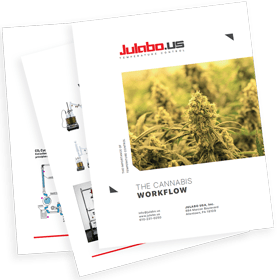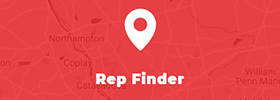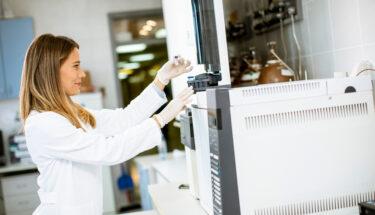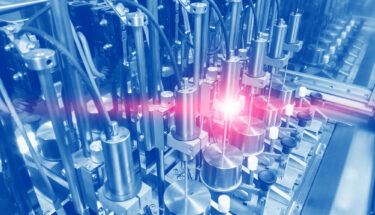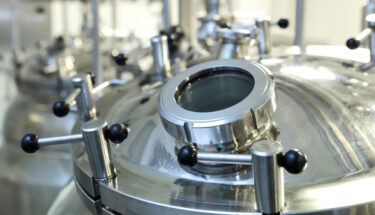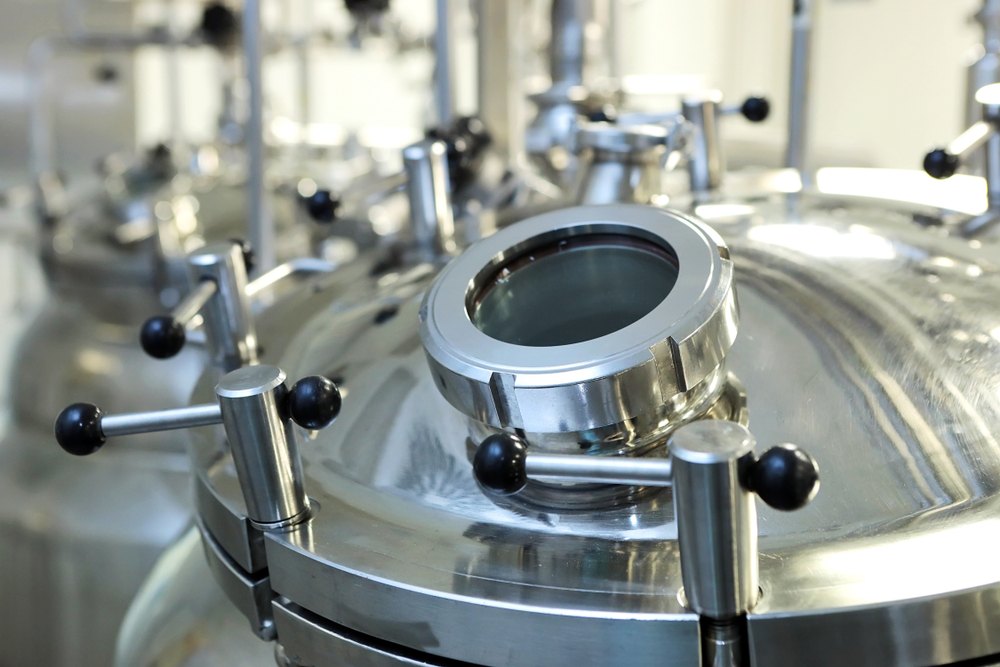
Temperature Control in Distillation Processes
Authored by: Dr. Dirk Frese, VP of Sales, Marketing & Service
Temperature control equipment is crucial in distillation processes to efficiently heat and cool the apparatus, facilitating the separation of components based on their boiling points. For simple distillation, i.e. using a flask containing the liquid mixture of substances which must be miscible, condenser and receiving flask, the difference in boiling points must be at least 25 °C, if it is less than that fractional distillation has to be employed.
When heating the distillation flask, various devices are employed. A heating mantle, which snugly wraps around the flask, uniformly applies heat, ensuring consistent vaporization. Oil baths immerse the flask in a heated oil medium, providing gentler and more precise heating, particularly useful for sensitive reactions. Electric heating elements, often embedded in the apparatus, offer controlled and reliable heat sources.
For more elaborate techniques like separating from viscous mixtures with high boiling points vacuum distillation is used to treat the target molecules more gently and to speed up the process of vaporization. If the substances are sensitive to temperature over time, short path distillation techniques are used to keep the retention time in the vapor phase at higher temperatures as brief as possible. Especially for these distillation techniques recirculation heaters are useful in heating up a jacketed glass or stainless-steel vessel containing the mixture to be separated. This allows also for continuous feed of the mixture like for instance in a wiped film apparatus. Temperature control must be efficient and highly precise which heaters as the CORIO CP-BC4, DYNEO DD-BC12 or MAGIO MS-BC4 (up to 300 °C) allow or for higher temperature needs, the heaters of the HT30 or HT60 types (up to 400 °C). These instruments equipped with temperature sensors like PT100s or thermocouples also can help monitoring and controlling the distillation process very closely.
For cooling, condensers play a central role which allow the vaporized substance of interest to liquify from the vapor phase back again and to be collected. These devices, commonly in the form of coiled tubes or columns, circulate cold water or other coolants to facilitate the condensation of the vapors. The choice of cooling equipment depends on the specific distillation setup and requirements. Recirculating chillers provide constant and precise cooling by circulating a coolant through the condenser. In some cases, cooling baths, which may contain ice or other coolants, are utilized, which do not allow for precise temperature control though.
As far as recirculation chillers are utilized, we recommend, depending on the capacity needed, defined by yield rates and speed of recovery, smaller chillers as the new thermoelectric Peltier cooler TE400 or compressor-based models as the FL601 up to the more powerful PRESTO A45. And here again the range of versatile recirculators like the MAGIO MS-1000F or other CORIO or DYNEO units have their place.
Advanced setups may employ thermoelectric cooling devices in addition for localized cooling, enhancing control over specific sections of the apparatus.
Temperature control systems by JULABO, including controllers and sensors like thermocouples or PT100 sensors, actively monitor and adjust the temperature. This data ensures that the heating and cooling elements operate within the desired range, optimizing separation efficiency. Automation systems further enhance the process, allowing for integrated control of various parameters, contributing to the overall effectiveness of the distillation apparatus. In essence, temperature control equipment is indispensable for achieving the desired separation outcomes in distillation processes by carefully regulating the heat applied during vaporization and the cooling employed for condensation.

